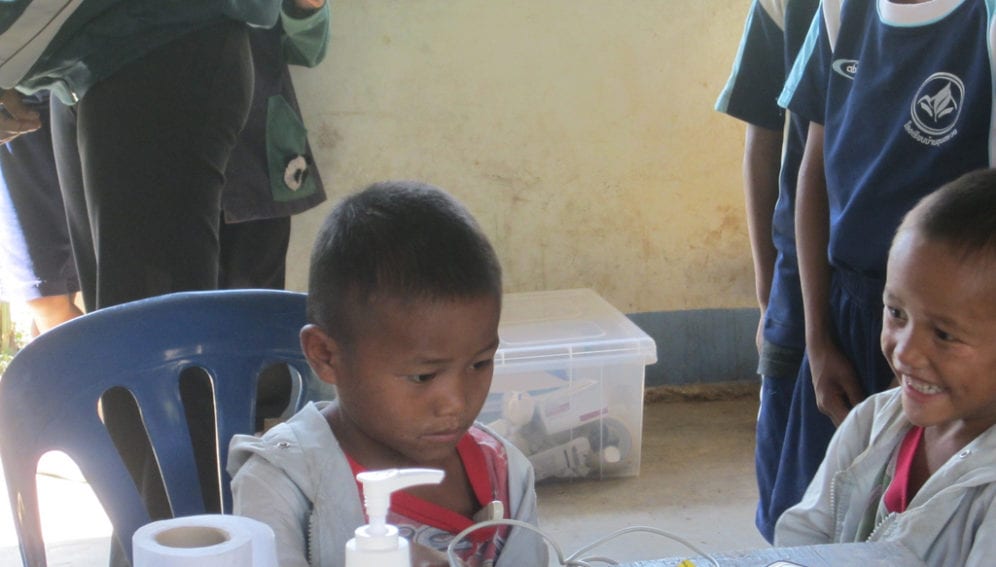By: Alexander Hotz
Send to a friend
The details you provide on this page will not be used to send unsolicited email, and will not be sold to a 3rd party. See privacy policy.
[BANGKOK] Thailand's healthcare reform, which brought massive funding to public hospitals as well as equalized access to healthcare for rich and poor, has improved overall health, significantly reduced infant mortality, and removed disparities between rich and poor provinces, a study says.
The report, by a team of researchers from the Massachusetts Institute of Technology (MIT) in the United States, credits Thailand's '30 Baht' programme for an important increase in access to adequate healthcare for the nation's poor and rural communities.
"It dramatically changed the landscape of the healthcare system in Thailand," says Nathaniel Hendren, a visiting fellow at MIT and one of the study's authors. "The poor technically had insurance before this programme, but not with the level of funding to provide the care needed."
The authors also suggested other developing countries could learn from Thailand's experience that increasing funding for hospitals and health providers is more important than just providing free medical care for the poorest.
Shortly after being elected to office in 2001, Thailand's then Prime Minister Thaksin Shinawatra pushed through a series of sweeping populist healthcare policies. The most well-known was universal access to care in public hospitals for 30 baht (less than a US$1) per visit.
Since the poor already had coverage under an existing programme, it was not the low cost that helped them most but a less well-known aspect of the reform — a massive increase in per-patient government funding for public hospitals.
Before Shinawatra, public hospitals received about 250 baht per patient. The '30 Baht Programme' raised that to approximately 1,200 baht, an almost five-fold increase.
The study examined data collected by the Ministry of Public Health for 1997-2008. It found that infant mortality rates fell 30 per cent during this period, and disparities between rich and poor provinces "evaporated".
But Siripen Supakankunti, an associate professor in health economics and health care management at Chulalongkorn University in Bangkok, stressed that other external factors should not be ignored.
During the same period, Thailand also saw living standards increase, thanks to better food intake and rural water supplies. And new hospitals were built in rural areas during Thailand's economic boom of the early 2000s.
"Overall you can attribute our declining infant mortality to economic development," says Supakankunti. "We improved the transportation infrastructure and access to healthcare facilities throughout the country. That can't be overlooked."
The study will be published in the journal American Economic Journal: Applied Economics later in 2013.
Link to article abstract
This article has been produced by SciDev.Net's South-East Asia & Pacific desk.














